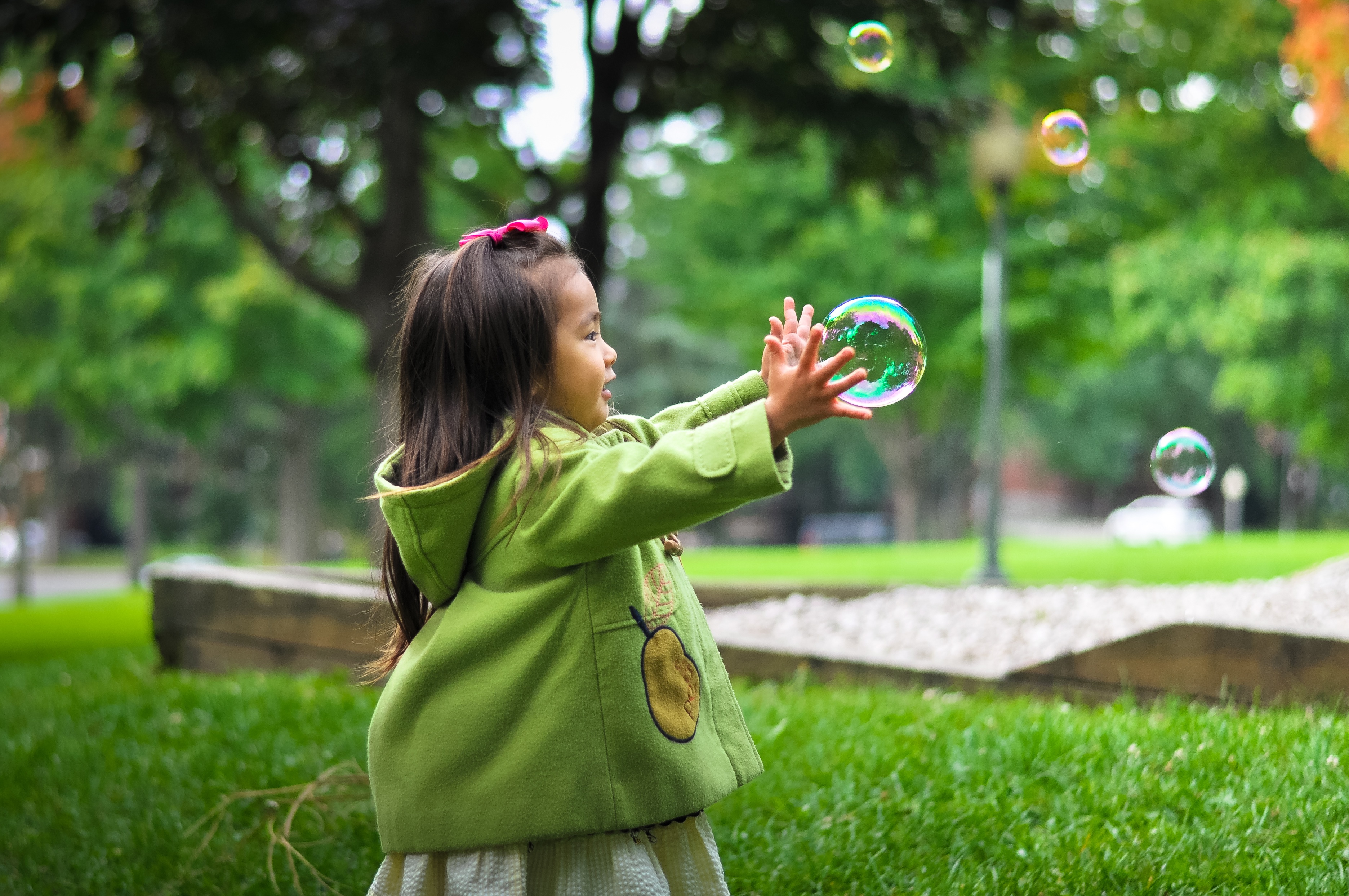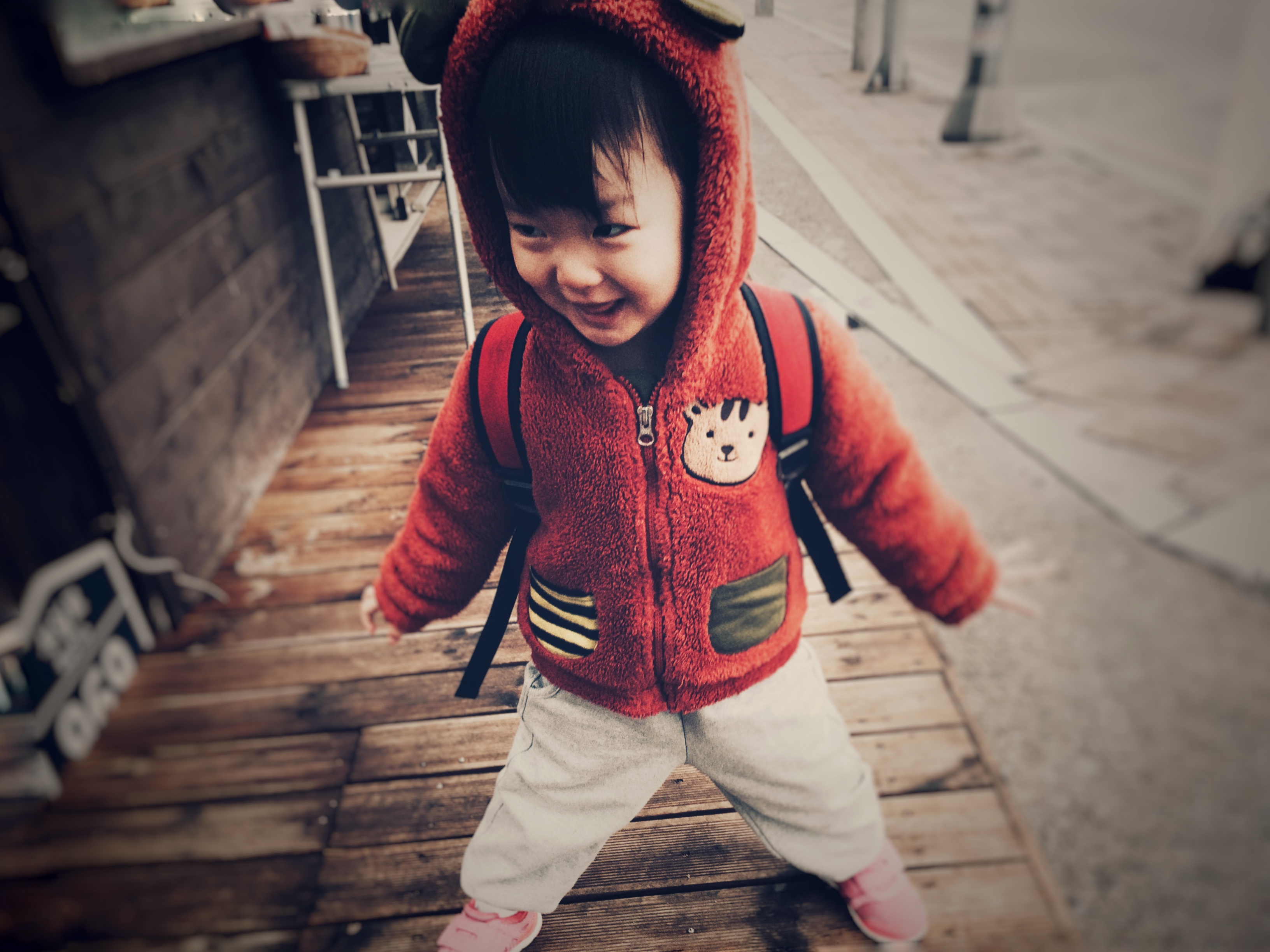
By the age of 22 months, Joan’s parents became concerned about her development. Joan had very limited speech. She seldom looked at others in the eye and was unable to follow simple instructions. Her doctor felt that she was at-risk for Autism Spectrum Disorder. Joan’s parents decided to enroll her in an intensive ABA intervention program at Lazarus Centre.
When Joan first started at Lazarus Centre, she only had a few words she could say. Her eye contact was poor, and she was unable to imitate or play with others. She also did not seem to understand what others say. This made it difficult for her to learn new skills. Through ABA therapy, Joan worked on strengthening fundamental skills such as joint attention, eye contact, imitation, following directions, and play. Joan made huge gains with therapy. In a few short months, she’d gained the fundamental skills that enabled her to learn more complex ones that required more sophisticated language, cognition, social, and play. Joan was soon communicating her needs using 1-2 word phrases. 8 months later, Joan began attending a mainstream preschool.
Joan is now a well-adjusted, bubbly, social and communicative 3.5-year-old child. She is able to spontaneously interact with her peers, follow school routines and instructions, and engage in activities on her own without much supervision. Joan is working towards more advanced and academic skills required for kindergarten.

Ben first enrolled with Lazarus at the age of 23 months. He had no speech, minimal social, cognitive and play skills. His parents were concerned that he was not yet talking and did not feel that he had the necessary skills to be in school with other children his age. Ben showed no interest in interacting with other children. He did not follow classroom routines and paid little attention to his teachers.
Ben’s therapy focused on improving joint attention and eye contact, learning to imitate through play, following simple instructions, and imitating novel babbles and sounds. Within a short span of a month, Ben started spontaneously babbling much more frequently and with more variation. 2 months later, Ben began verbally imitating sounds fairly accurately.
It has been 9 months since Ben started. He is an affectionate child who craves for social attention. Ben is now beginning to request for what he wants using single words. He is now able to understand simple instructions. His joint attention skills have also improved tremendously. Ben would now seek an adult or peer’s attention by consistently looking at the person. With improved imitation skills, he is now exposed to many different kinds of play activities and continues to show interest in different types of toys.

At 22-months old, Ian was a talkative child already speaking in 3-4 word sentences. However, he struggled tremendously with new or unpredictable environments. He had daily meltdowns at his preschool and refused to engage with his peers. Although advanced in language and cognition, Ian was obsessed with numbers and letters. Because of this, he was often rigid and unwilling to engage in other play activities that did not involve numbers and letters. Ian’s parents were very concerned about his difficulties in school and his lack of interest in play and social interactions.
Ian’s therapy involved improving his imitation, language, and play skills, learning how to cope with unpredictable circumstances, and basic social skills. His sessions were structured to give him greater control within acceptable boundaries. His meltdowns quickly reduced from crying and whining throughout the session to occasional whines for more demanding activities. Ian gradually became more flexible with numbers and letters. Within a month, Ian’s behaviours in school improved.
It has been about 7 months since he started the ABA program at Lazarus Centre. Ian is observed to be more willing to participate social activities such as birthday parties. He will now spontaneously greet people and respond when being called. Rather than whine to have activities removed, Ian now perseveres to complete them. He is able to engage in a greater variety of toys and play activities and will play with other children. Ian’s language use has also improved in that he now uses a wider variety of sentences. Overall, Ian has made much gains through therapy.

When Belle enrolled at Lazarus Centre, she was a non-verbal 2.5-year old. Other than the occasional babble, Belle did not have any functional speech. She was not yet diagnosed, but was developmentally delayed in many areas. Belle did not show any form of eye contact and joint attention. She did not know how to imitate and had very limited play and social skills. It was tremendously difficult for Belle to adapt to changes. She was extremely prone to repetitive behaviours and would become very anxious and upset when those behaviours were interrupted. Her insistence on sameness and compulsive behaviours made caring for Belle challenging at times. Screaming and crying for extended periods of time was Belle’s only mode of communication. Her parents often had to guess what it was that she wanted or needed. This was very stressful for them.
Belle’s intervention included teaching her more effective ways of communicating her needs. She learnt to point to things that she wanted, rather than stand in front of a shelf full of things and screamed. Over time, Belle learnt fundamental skills such as imitating actions, following instructions, and playing with a wider variety of toys. Her joint attention and eye contact also improved and she is now able to engage with other adults in simply play. Belle’s therapist also focused on teaching her parents how to manage her behaviours at home and in the community.
8 months later, Belle’s screaming and crying have decreased to a minimal level. Although she would still whine when she is unable to convey her needs or to express her frustrations, she is much more easily redirected.
